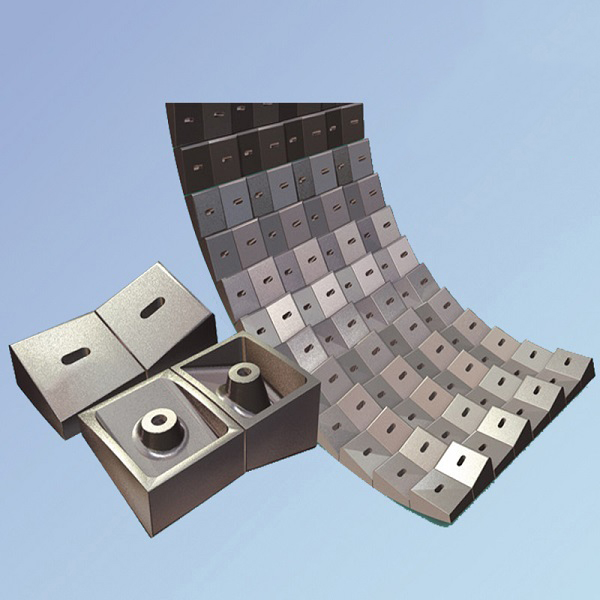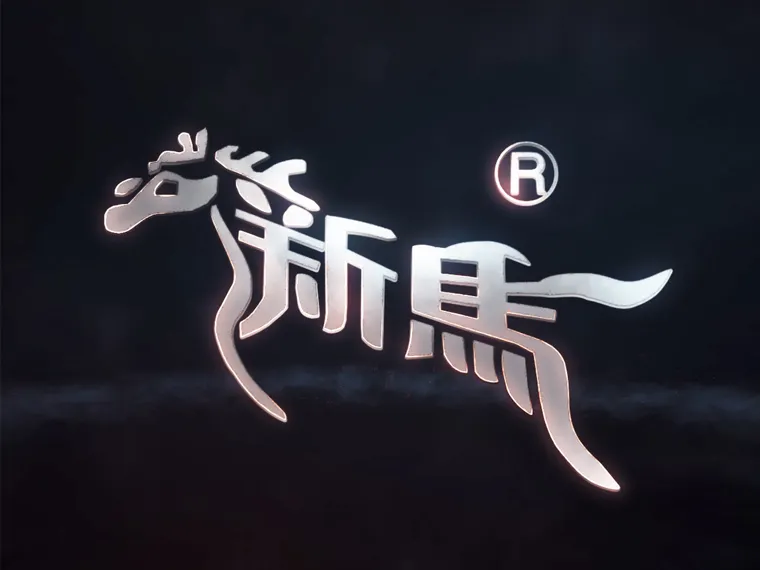Factors Affecting the Replacement Frequency:
1. Material Composition and Characteristics:
The composition and characteristics of the materials processed in the ball mill significantly impact the wear rate of the lining. Harder and more abrasive materials tend to cause higher wear, necessitating more frequent replacements. It is important to evaluate the properties of the materials being processed and adjust the replacement frequency accordingly.
2. Operating Conditions:
The operating conditions of the ball mill, including rotation speed, charge volume, and feed rate, can influence the wear rate of the lining. Higher operating speeds and heavier loads can accelerate the wear process. Regular monitoring of these operating parameters is crucial to determine the optimal replacement frequency for the lining.
3. Lining Material Quality:
The quality and durability of the chosen lining material play a critical role in determining its lifespan. Selecting high-quality linings can extend the replacement interval and reduce maintenance costs. It is recommended to consult with experts or rely on proven industry standards when choosing lining materials.

Signs Indicating the Need for Replacement:
Several indicators suggest that a ball mill lining needs to be replaced:
Excessive Wear:
If the lining shows signs of excessive wear, such as thinning, cracking, or loss of profile, it is likely time for replacement. Excessive wear affects the lining's protective function and can lead to increased contamination or damage to the mill components.
Reduced Grinding Performance:
As the lining wears down, the efficiency and performance of the mill may decrease. If you notice a decline in grinding efficiency or an increase in power consumption, it may be a sign that the lining requires replacement.
Leakage or Contamination:
If there is evidence of leakage or contamination between the mill components and the grinding media, it is crucial to inspect the lining. Damaged or worn-out linings may allow unwanted materials to enter the system, compromising the product quality and overall operation.
Regular Inspections and Maintenance:
Regular inspections are essential for monitoring the condition of ball mill linings. Implement a routine inspection schedule to assess the wear and performance of the lining. It is also important to follow recommended maintenance practices, such as cleaning, re-tightening fasteners, and applying appropriate protective coatings when necessary.
Extending Lining Service Life:
In some cases, it might be possible to extend the service life of ball mill linings by implementing certain measures. These include adjusting operating parameters to reduce abrasive actions, optimizing liner designs, and using high-quality and durable lining materials. However, it is essential to consult with experts in the field to ensure that extending the lining's service life does not compromise safety or efficiency.
In conclusion, maintaining the optimal performance of a ball mill relies heavily on the regular replacement of its lining. As a professional manufacturer of ball mill linings, we understand the importance of this crucial component and its impact on the efficiency and longevity of the mill. With our expertise and commitment to quality, we offer wholesale and export services to cater to the needs of various industries. Whether you require replacements or customized solutions, our team is dedicated to providing you with top-notch products that will enhance the productivity of your ball mill. Contact us today to learn more about our services and how we can assist you in maximizing the performance of your equipment.

